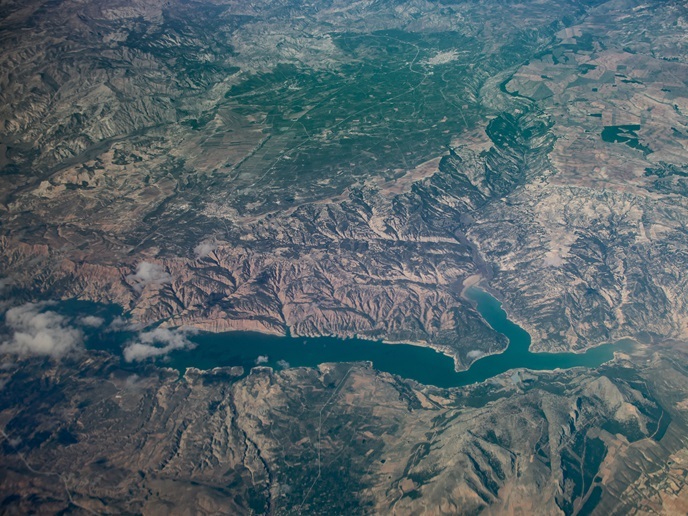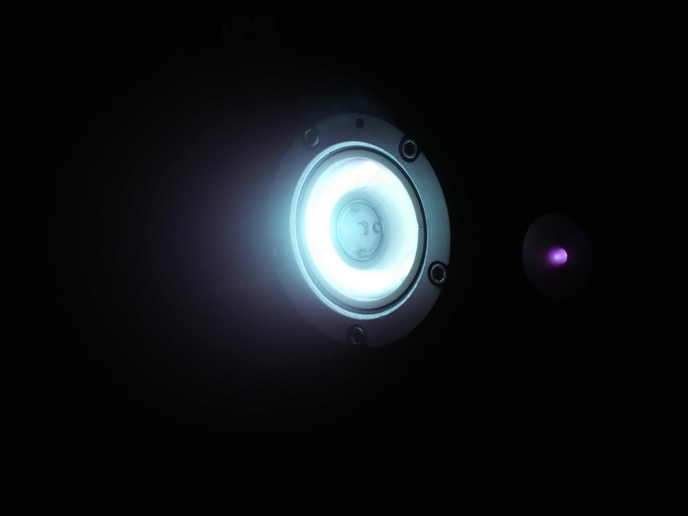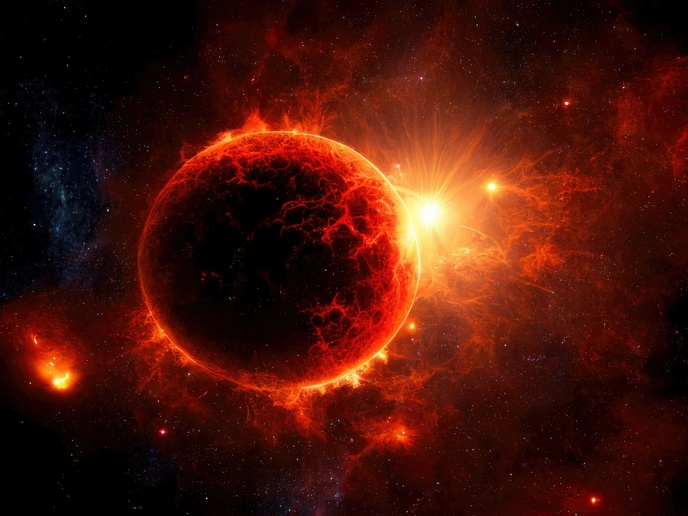Effective monitoring of coastal and inland waters
Monitoring water quality for substances such as plankton and sediment is essential to ensuring consumer safety and protecting against environmental degradation. To this end, the EU’s Copernicus services use satellites to cover large bodies of water at frequent intervals, supplementing water samples tested in labs. “Fertilisers washed into rivers, lakes and coastal areas can lead to large plant-plankton blooms, which can smell very nasty and take oxygen out of the water when they breakdown,” explains CERTO project coordinator Steve Groom from Plymouth Marine Laboratory in the United Kingdom. “Similarly, sediment brought down by rivers can block up harbours and marinas. Satellites can be useful to monitor if this is happening.”
Easy access to water-quality data
A persistent challenge for scientists and monitoring agencies looking to access water-quality data for coastal and inland waters has been identifying which Copernicus service to use. This is because water-quality data for these regions has historically been split across three services: Marine, Climate Change and Land. “We recognised the need to harmonise these data, and to fill the data gap for transitional water bodies such as estuaries, lagoons and lakes,” says Groom. “We also wanted to harmonise the methods and approaches used across the services.” To do this, the project developed data-processing techniques to produce usable water-quality data. One issue tackled was atmospheric correction, to remove haze and mask cloud cover. Another complex processing technique involved using colour differentiations from satellite images to classify the type of water. “The next thing we did was consider what end users are looking for,” adds Groom. “For example, ‘are plankton blooms happening earlier, and lasting longer?’.” For this, key indicators were established, and the processed water-quality data for transitional areas was made easily accessible on a dedicated experimental data visualisation platform.
A range of transitional water environments
These new techniques were trialled across six regions, which provided a range of transitional water environments. The Danube Delta, for example, located in the south-eastern part of Romania and the south of Ukraine, is a natural heritage site with the status of a UNESCO biosphere reserve. In situ sampling, satellite data and historical records were used to characterise these optically complex waters and provide a more comprehensive understanding of spatial and seasonal variations in water quality. In the Elbe estuary in Germany, meanwhile, the project’s monitoring tools were used to characterise these highly dynamic and changing waters.
Plug into existing Copernicus services
The prototype data portal, which includes all the analytical tools developed through the project, is downloadable and can be used by anyone. Among its current users is the United Kingdom’s Earth Observation Climate Information Service (EOCIS). “The portal can be used by PhD students, or someone in a country without expertise or resources,” says Groom. “They don’t need to be satellite experts. They just need to talk to us, and we can show them how the data can be accessed.” The project’s results are also being used in the EU-funded DANUBIUS project, which aims to bring together research on rivers and seas. A more long-term aim is to ‘plug’ the portal into the three Copernicus services, providing water-quality data in a harmonised and applicable way.
Keywords
CERTO, Copernicus, satellite, coastal, estuaries, ecosystems, waters, UNESCO, Earth Observation







